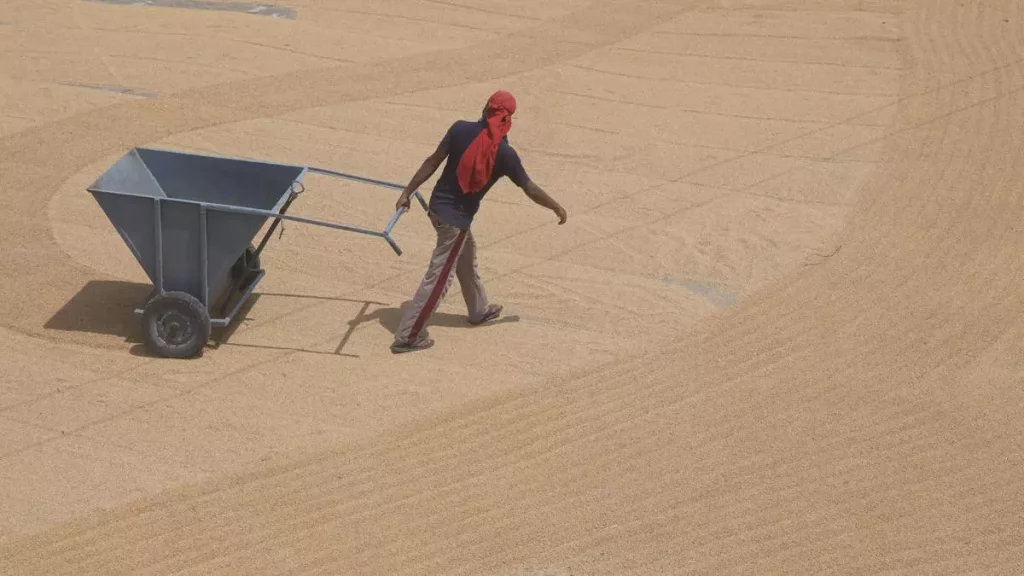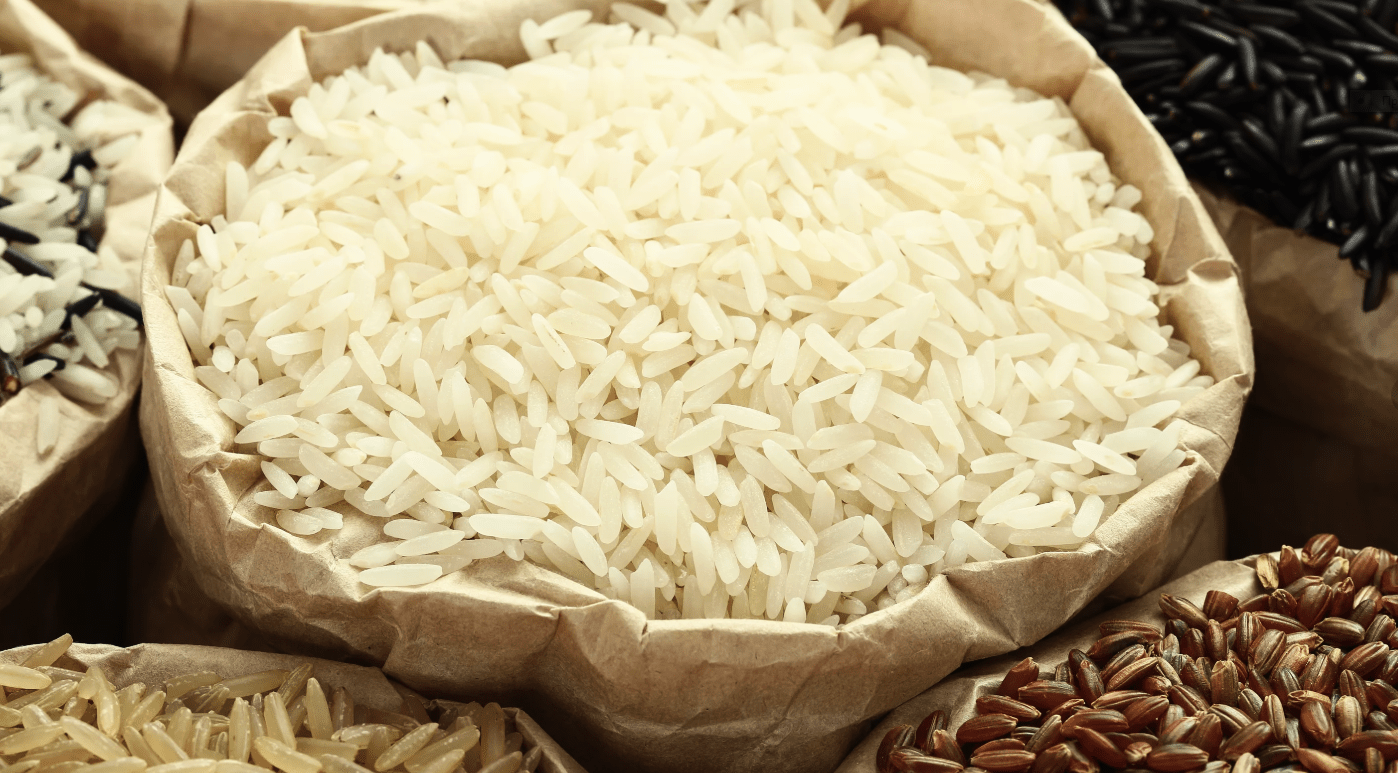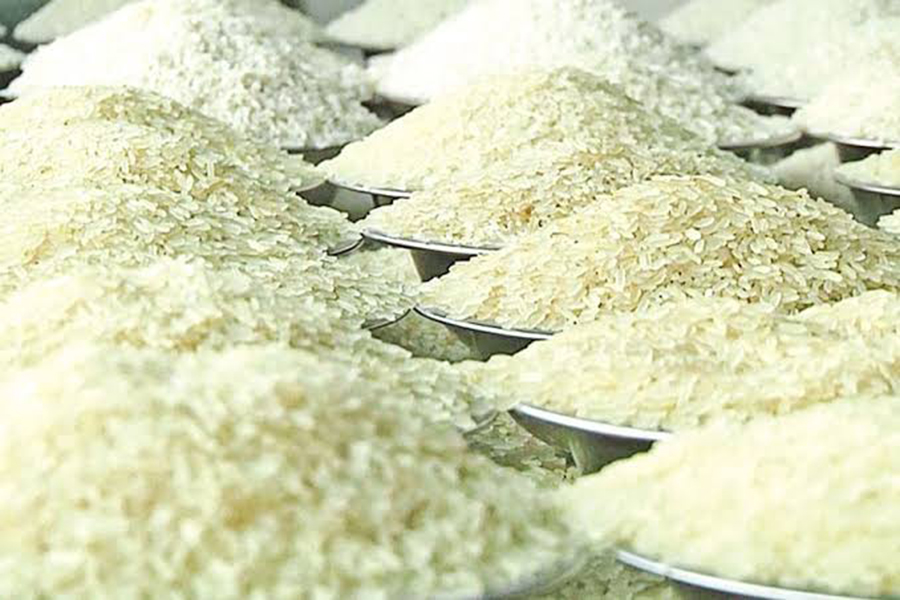Tags
Singapore may face rice shortage on row between its aggregator and NCEL
Indian Customs officials tightening export procedures to prevent under-invoicing complicates situation
BY SUBRAMANI RA MANCOMBU

Singapore has to have 50,000 tonnes of rice as stocks that can take care of three months’ consumption. | Photo Credit: MUSTAFAH KK
A difference of opinion between National Cooperative Exports Ltd (NCEL) and Singapore’s aggregator will likely leave the island-nation facing shortage of rice by June, say trade sources.
Compounding things for the South-East Asian country is the tightening of procedures by Customs officials in Chennai and Thoothukudi VOC Chidambaranar ports. In view of the tightening, only 250 tonnes of rice have been shipped from the country to Singapore since March 1.
Trade sources said Singapore’s problems came to the fore after the Indian government allowed exports of 50,000 tonnes in September and six months later, the aggregator has issued tenders to procure 13,750 tonnes of rice, including idli rice, Sona Masuri, Ponni and ADT 36.
Three months stocks mandatory
Singapore has to have 50,000 tonnes of rice as stocks that can take care of three months’ consumption. “Just 250 tonnes in March and no one is sure how much rice has been shipped to Singapore in February. That leaves the situation precarious for Singapore,” said a New Delhi-based trade source.
Another trade source said: “The situation seems to be a bit serious. Otherwise, why should the aggregator engage firms such as Louis Dreyfuss or Olam or any other firm that has no presence in the Singapore domestic market?”
Sources, who were unwilling to be quoted in view of the sensitivity of the issue, said the problem may have cropped up since the aggregator, who is allowed to sell the rice with its margin, was looking at a higher margin of nearly 8 per cent.
“The usual margin is less than two per cent. The margin sought now is too huge,” said a South India-based source.
Tax demand on exporters
“Singapore is facing the problem since its aggregator tried to impose itself on NCEL, which has been authorised to ship the rice. The Indian agency did not agree and now the island nation is facing problem” said a source in the know of the breakdown in NCEL-Singapore aggregator talks.
Sources said the issue has been complicated by tightening of procedures by Customs authorities. “Many shipments have been under-invoiced. It also gives rise to hawala trade and the authorities have been cautioned,” said the South India-based source.
They said the recent tax demand notices to exporters was based on complaints of under-invoicing by some shippers. Another problem of tightening the procedure is that there is a nearly fortnight’s delay in every container getting cleared.
$70 additional costs
“First, a sample is taken from the consignment for testing. Then, personal checking of the container is done before dock intelligence is made. This also results in an additional $70 cost per tonne,” the South India-based source said.
As a result, exporters are reluctant to export since the situation could change by the time the consignment reaches Singapore.
A trade analyst, pointing to exports data for December 2023 to February 2024, said ever since the government imposed a 20 per cent tax on shipments of parboiled rice, there have been at least 1.5 lakh tonnes increase in monthly shipments of Basmati rice.
“There has been an increase in parboiled rice exports too. This has raised the suspicion of some banned varieties being shipped in the garb of basmati or parboiled rice,” the analyst said.
The South India-based source said as a result, the Customs authorities now insist on physically verifying the shipments, forcing exporters to withdraw into their shell. The authorities were also delaying permits for consignments that they think are under-invoiced.
Global market declines
A trade source said in Kolkata, customs authorities asked exporters to ensure the invoices do not show shipments below $400 a tonne for parboiled.
Sources said if Singapore faces rice shortage, it may get in direct touch with India, which then could be directly involved. On the other hand, the Singapore government could act in a way that such issues do not recur in future and may seek to enter contract farming in India through farmer producer organisations or cooperatives.
The development comes at a time when global rice prices have begun to drop. India’s competitiveness in the market, which was around $100 a tonne at one point in time, has now dropped to $50 mainly in view of the 20 per cent export tax on parboiled shipments.
India has banned exports of white rice, whose prices have dropped to levels of $575 currently with the new crop arriving in countries such as Thailand and Vietnam.
India has imposed curbs on rice exports since September 2023, when it banned exports of broken rice and imposed a 20 per cent duty on white rice shipments. In July last year, it banned exports of white rice and levied a 20 per cent duty on parboiled shipments. For basmati rice, it fixed a minimum export price of $950 a tonne.
The curbs have been in place as rice production has been affected over the past two years, basically the government allocating more rice instead of wheat for the free foodgrains scheme.
In the 2022-23 crop year (July-June), rice production has been estimated at a record 135.75 million tonnes (mt). For this crop year, rice production, excluding zaid (summer) crop. has been projected at 123.82 mt. Last year, zaid rice production was 10.24 mt, which means rice production so far this year is 2 mt lower.
https://www.thehindubusinessline.com/economy/agri-business/singapore-may-face-rice-shortage-on-row-between-its-aggregator-and-ncel/article68040237.ecePublished Date: April 8, 2024






